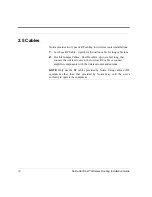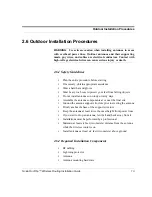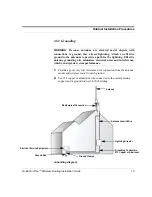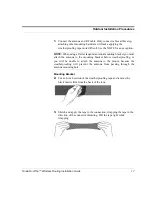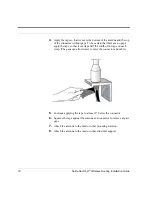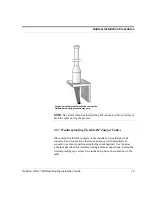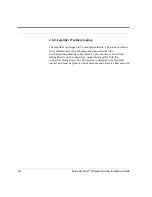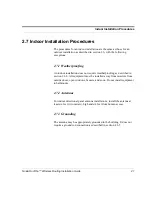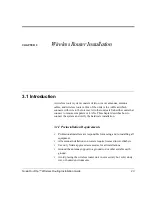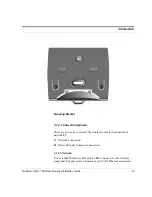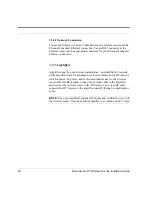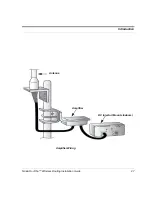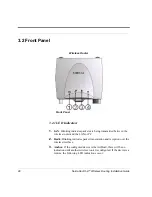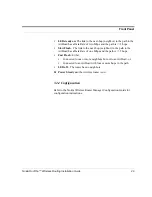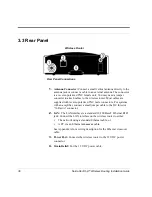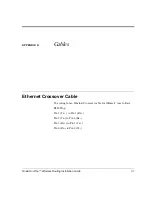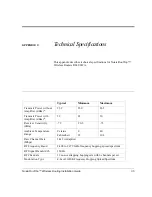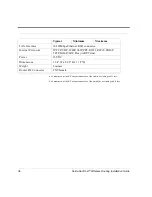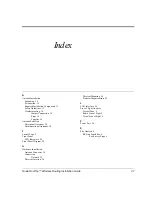
24
Nokia RoofTop™ Wireless Routing Installation Guide
•
The wireless router must be installed with its mounting bracket
whether it is placed on a wall or desktop. The holder provides
ventilation and helps drain spilled liquids.
•
Place the wireless routers DC power unit out of the way, or tape it to
the side of a vertical surface to prevent it from being stepped on or
damaged.
•
The wireless router can cause interference to (and interfere with)
other devices operating in the 2.4 to 2.4835 GHz radio spectrum.
•
Changing the Ethernet configuration from a LAN connection to a
direct PC connection requires changing from a standard Ethernet
cable to a crossover cable.
NOTE:
The Nokia RoofTop™ Wireless Router and its associated
components are Class B devices that must be installed by a professional.
3.1.2 Physical Location
Wireless routers must be installed indoors.
Install the wireless router as close to the entry point of the RF cable into
the building as is practical. Keep the cable length from the antenna to the
wireless router as short as possible.
Ambient temperature must be 32-104 degrees Fahrenheit. Avoid
mounting the wireless router in an environment that gets extremely hot.
3.1.3 Physical Mounting
The wireless router installs in its mounting bracket. Securely attach the
mounting bracket to a wall or flat surface with two screws. Typical
mounting is vertical with the mounting flange and cable strain relief
facing down. This forces the RF cable to bend and extend below the
wireless router, creating a “drip loop”. Drip loops prevent water from
running down the RF cable and into the wireless router.



